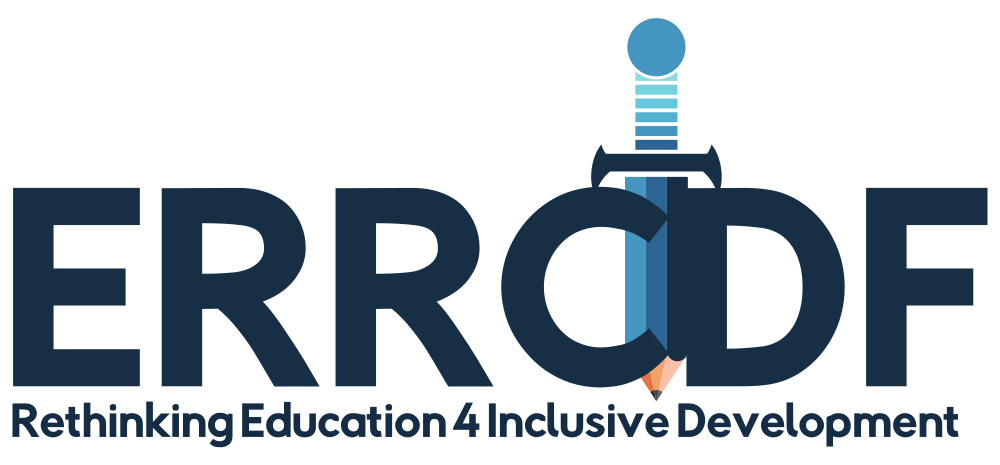JOURNAL INFORMATION
- ISSN: 2710-2572
- Abbreviated Title: IJRCS
- Frequency: Continuous model
- New DOI Prefix: 10.38140/ijrcs
- Old DOI Prefix: 10.51986/ijrcs
- E-mail: Publisher@errcd.com
- First Publication: 2019
- Publisher: ERRCD Forum
- 2025 Rejection rate: 73.21%
- 2025 Acceptance rate: 26.79%





